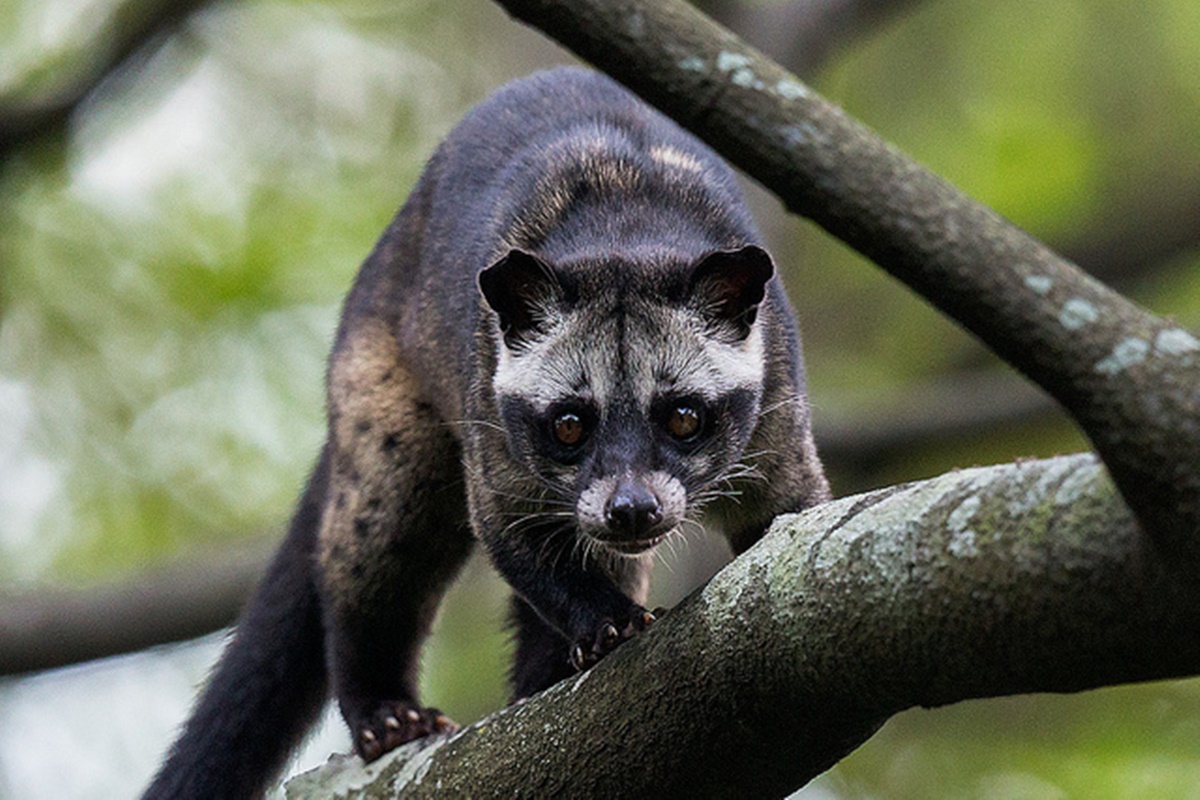The musang, an elusive yet fascinating creature, has captured the attention of wildlife enthusiasts and researchers alike. Known for its nocturnal habits and unique role in ecosystems, this small mammal is more than just a curious subject—it plays a critical part in maintaining biodiversity. Found primarily in Southeast Asia, the musang has intrigued humans for centuries due to its adaptability, diet, and interaction with its environment. Its presence in forests serves as a reminder of the delicate balance within nature.
Over the years, the musang has become a symbol of resilience and survival in the wild. Despite the rapid encroachment of urban spaces and the growing threats of habitat destruction, this agile creature continues to thrive. Its diverse diet, which includes fruits, insects, and small animals, not only sustains its livelihood but also contributes to the dispersal of seeds, ensuring forest regeneration. As a result, the musang is not just an inhabitant of its ecosystem but a vital contributor to its health and sustainability.
In this detailed article, we’ll dive deep into the world of the musang, exploring its biology, behavior, habitat, and its significance in the natural world. From its physical characteristics to its unique relationship with humans, every aspect of this incredible animal will be covered. Whether you’re a nature lover, a student, or simply curious, this guide will provide a comprehensive understanding of one of the most interesting mammals in the animal kingdom.
Table of Contents
- Biography of the Musang
- Physical Characteristics and Appearance
- Habitat and Distribution
- Diet and Feeding Habits
- Behavior and Social Structure
- Reproduction and Lifecycle
- Importance in Ecosystem
- Relationship with Humans
- Threats and Conservation Status
- Unique Facts About the Musang
- Musang in Culture and Folklore
- Scientific Research on Musang
- How to Spot a Musang in the Wild
- Frequently Asked Questions
- Conclusion
Biography of the Musang
The musang, also known as the common palm civet or Asian palm civet, is a small mammal belonging to the Viverridae family. Scientifically referred to as Paradoxurus hermaphroditus, this species is native to tropical regions of South and Southeast Asia. Its name, "musang," is commonly used in Malaysia, Indonesia, and the Philippines. Over time, the musang has garnered attention for its ecological importance and its role in producing the world-famous kopi luwak, a type of coffee made from beans excreted by the animal.
Below is a quick overview of the musang’s basic information:
| Scientific Name | Paradoxurus hermaphroditus |
|---|---|
| Common Names | Musang, Common Palm Civet, Asian Palm Civet |
| Family | Viverridae |
| Habitat | Tropical forests, agricultural lands, and urban areas |
| Diet | Fruits, insects, small animals |
| Conservation Status | Least Concern (IUCN) |
| Average Lifespan | 15-20 years in the wild |
The musang, often misidentified as a member of the feline family, is actually a viverrid, making it more closely related to mongooses and genets. Its nocturnal nature and sharp senses make it a stealthy and efficient forager. Though commonly found in forests, the musang has adapted remarkably well to human-dominated landscapes, often inhabiting rooftops, attics, and other urban structures.
You Might Also Like
Ultimate Guide To The Strip House Steakhouse ExperienceGreat Wolfe Lodge: Your Ultimate Family Adventure Destination
DL Evans: A Legacy Of Banking Excellence And Innovation
Mrs. Wilkes Dining Room: A Culinary Icon In Southern Hospitality
Ultimate Guide To Marriott Newark Airport: Comfort, Convenience, And Luxury
Article Recommendations
- Justin Birber The Life Achievements And Influence Of A Global Icon
- The Ultimate Guide To Jollof Rice History Recipe And Cultural Significance
- Cliff Richard A Timeless Icon In Music And Entertainment

